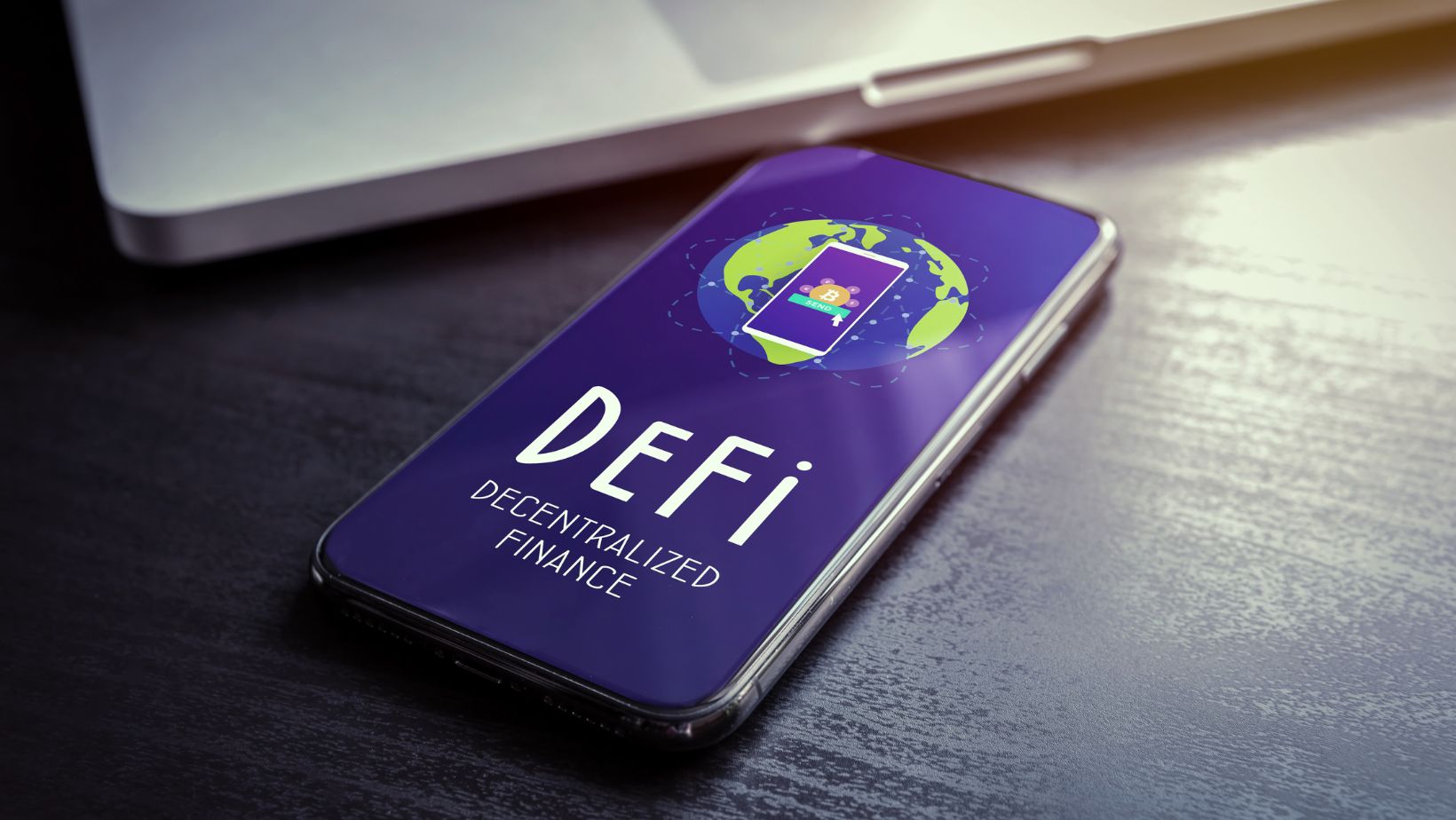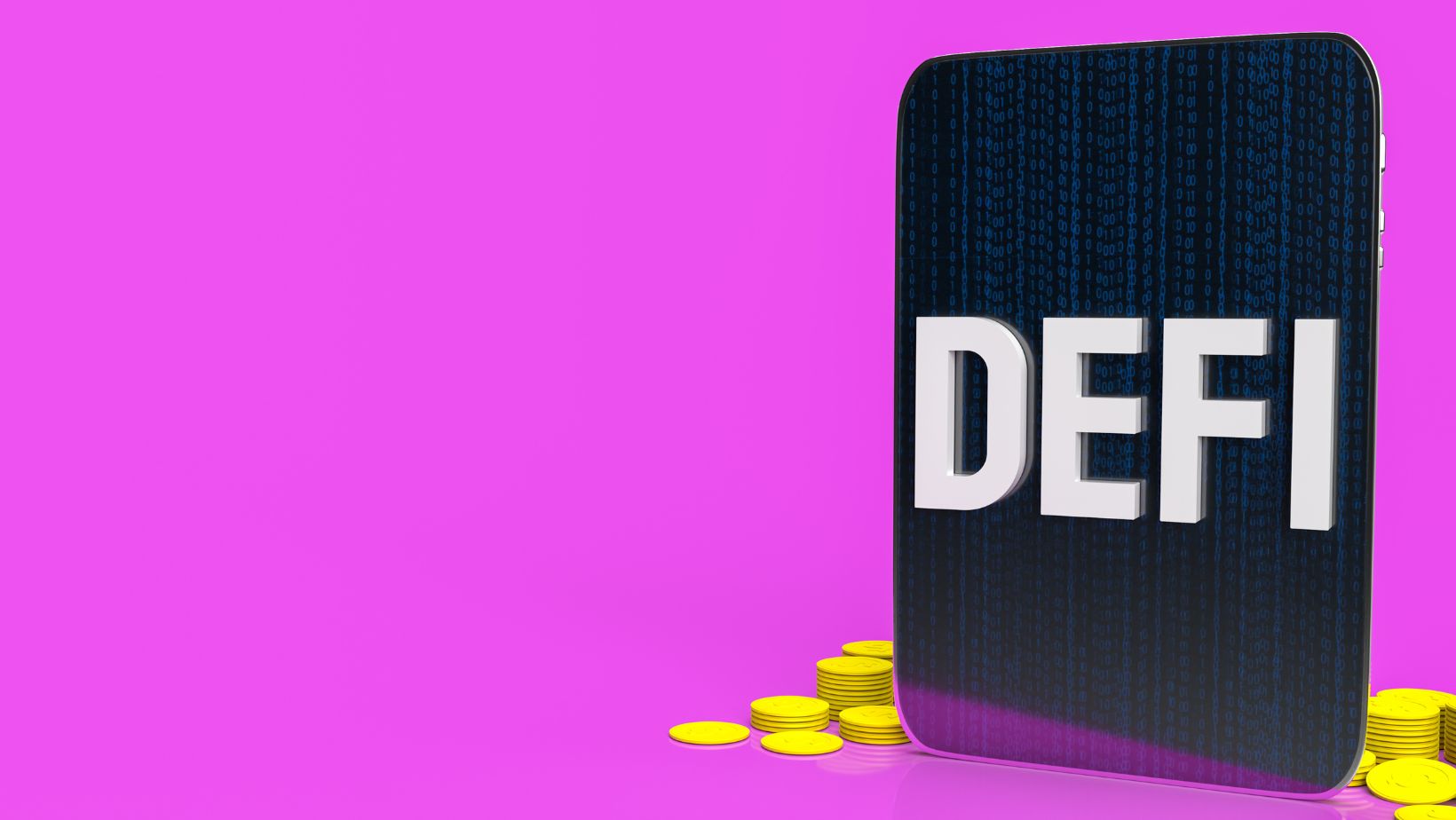Decentralized finance, or DeFi, is the innovative financial system that operates without any central authority. By utilizing blockchain technology, DeFi aims to democratize finance by replacing traditional systems with transparent protocols that don’t require intermediaries. As we stand on the brink of a financial revolution, the future of DeFi looks promising. This article delves into the potential future of DeFi, backed by research, statistics, case studies, and examples.
The Current State of DeFi
The Rise of DeFi
The DeFi sector has seen exponential growth in recent years. According to DeFi Pulse, the total value locked in DeFi protocols has risen from less than $1 billion in 2019 to over $80 billion in 2021. This growth is a testimony to the surge in popularity of DeFi projects, where users can lend, borrow, trade, and earn interest in a decentralized manner.
DeFi Projects Gaining Traction
Several DeFi projects have gained significant traction. For instance, Uniswap, a decentralized exchange, has seen its trading volume skyrocket to billions. Aave, a lending platform, has billions of dollars worth of assets locked in its protocol. These are just a few examples of the way DeFi is changing the financial landscape.
The Potential Future of DeFi
Increased Adoption
The future of DeFi rests largely on the adoption of blockchain technology. As more individuals and institutions recognize the advantages of DeFi, such as transparency, accessibility, and inclusivity, the sector is likely to grow exponentially. According to a report by immediate alrex, the number of DeFi users could reach hundreds of millions by 2030.
Regulatory Challenges
The journey towards widespread adoption of decentralized finance (DeFi) presents a number of challenges, with regulatory issues being one of the most significant hurdles that the industry faces. DeFi, by its very nature, operates in a decentralized manner, often without the involvement of traditional intermediaries like banks or financial institutions. This creates both opportunities and risks, as the absence of centralized oversight makes it difficult for governments and regulators to apply existing financial laws and frameworks. As DeFi continues to evolve and attract increasing levels of investment, regulators around the world are struggling to determine how best to approach this rapidly growing sector while ensuring consumer protection, market integrity, and financial stability.

One of the core challenges with regulating DeFi is its decentralized structure. Traditional financial institutions are subject to clear regulatory frameworks that govern their operations, including rules regarding anti-money laundering (AML), know-your-customer (KYC) requirements, and consumer protection laws. In contrast, DeFi platforms often operate on blockchain technology, allowing users to engage in financial activities like lending, borrowing, and trading without revealing their identities or relying on intermediaries. This anonymity poses a significant challenge for regulators who are tasked with preventing illegal activities such as money laundering, terrorist financing, and fraud.
Another issue is the global nature of DeFi. Unlike traditional financial systems that are often confined to specific jurisdictions, DeFi platforms operate on a global scale, accessible to anyone with an internet connection. This makes it difficult for regulators to enforce rules and regulations that are typically tied to specific geographical regions. For example, a DeFi protocol may be developed and hosted in one country, but used by individuals across the world, raising questions about which country’s laws should apply and how enforcement could be coordinated across borders. This jurisdictional ambiguity complicates regulatory efforts and raises the risk of regulatory arbitrage, where users and platforms may move to regions with more lenient or unclear regulations to avoid stricter oversight.
In addition to cross-border regulatory challenges, there is also the issue of defining the legal status of DeFi projects and the tokens they issue. Many DeFi platforms utilize governance tokens, which grant holders voting rights over the protocol’s operations. These tokens can also serve as financial assets, and their use in DeFi protocols raises questions about whether they should be classified as securities under existing financial regulations. The legal classification of these tokens is crucial because it determines the regulatory obligations that DeFi platforms and token issuers must comply with, including disclosure requirements, reporting standards, and investor protections.
One of the most widely discussed regulatory challenges in DeFi is how to ensure consumer protection without stifling innovation. DeFi platforms are known for their rapid pace of innovation, introducing new financial products and services at a speed that outpaces traditional finance. However, this innovation often comes with significant risks, particularly for retail investors who may not fully understand the complexities of the protocols they are using. Smart contract vulnerabilities, for example, have led to numerous high-profile hacks and exploits, resulting in the loss of millions of dollars’ worth of user funds. These incidents highlight the need for consumer protection measures, but regulators must carefully balance the need for oversight with the desire to allow innovation to flourish.
Case Studies
MakerDAO
MakerDAO, a DeFi platform that allows users to create and manage the DAI stablecoin, is a prime example of DeFi’s potential. Despite facing technical and governance issues, MakerDAO has managed to lock in over $2.5 billion in assets, showcasing the power of decentralized finance.
Compound
Compound, a decentralized lending platform, is another successful DeFi project. Since its launch, Compound has grown to hold over $10 billion in assets. This example illustrates the potential of DeFi to replace traditional lending institutions.
The Pros and Cons of DeFi
DeFi’s future is rife with both opportunities and challenges. Below are some pros and cons of DeFi:
Pros:
Decentralization: DeFi eliminates the need for intermediaries, reducing costs and increasing efficiency.
Accessibility: DeFi is open to anyone with an internet connection, fostering financial inclusion.
Transparency: All transactions are recorded on the blockchain, ensuring transparency.
Cons:
Regulatory uncertainty: The future of DeFi is uncertain due to potential regulatory crackdowns.
Technical challenges: The DeFi sector has experienced several technical issues, such as smart contract vulnerabilities.
Market volatility: DeFi is subject to extreme market volatility, which can lead to significant losses.
FAQ
What is DeFi?
DeFi, or decentralized finance, is a financial system that operates on blockchain technology, eliminating the need for central authorities or intermediaries.
Why is DeFi important?
DeFi is important because it democratizes finance. It ensures transparency, accessibility, and inclusivity, which can potentially revolutionize the financial sector.

What is the future of DeFi?
The future of DeFi looks promising, with expected increased adoption and innovation. However, it also faces challenges in terms of regulation and technical issues. The way these challenges are addressed will significantly shape the future of DeFi.
How do I get involved in DeFi?
To get involved in DeFi, you need to understand how blockchain technology works. You can start by investing in or using DeFi platforms, but ensure to do thorough research and understand the risks involved.


More Stories
The Technology Behind Virtual Receptionist Services
Crypto And Cards: The Fusion Of Blockchain And Betting
Tool Overload: Why Less Software Sometimes Means More Progress